
FCC SAR Testing
On April 2, 2025, the FCC released guidance on 47 CFR Part 2.1093for portable device RF exposure (SAR, PD, EMF, etc.) testing, referencing key documents such as KDB 447498, KDB 616217, and KDB 648474.
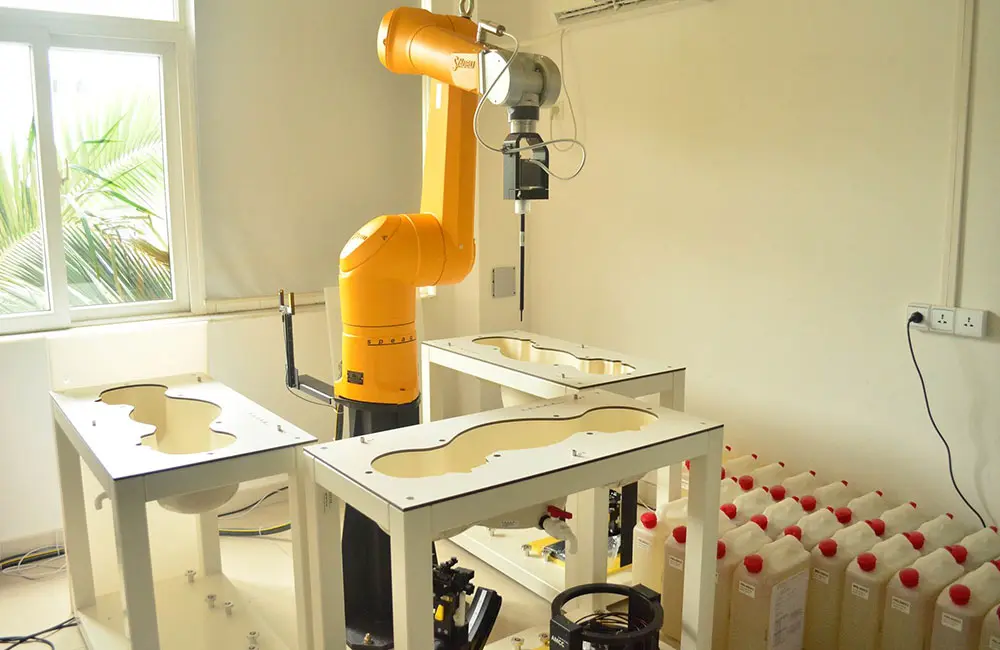
Key Change: Test Distance reduced
Body RF Exposure Test Distance:
- Previous Standard:Body test distance for devices like mobile phones was 15mm.
- New RegULation:All portable devices (phones, tablets, laptops, etc.) must have a test distance of ≤5mm, unless the device is equipped with an FCC-recognized inherent accessory(e.g., stand or fixed structure).
- Note:Test distance for Hotspot moderemains 10mm.
Inherent Accessory Compliance Requirements
- Size Limit:Height ≤ 25mm, must be clearly indicated in certification documents.
- Document Declaration:User manuals must state that the accessory has passed fcc testing, and may involve KDB Inquiry procedures(e.g., KDB 447498).
- Design Tip:The accessory must be built-inand non-removable(e.g., a phone stand must be integrated with the device body).
Affected Products
- Key Categories:Laptops, mobile phones, tablets, handheld devices, etc.
- Certified Products:
- Products not yet certified must undergo re-testing according to the new standard.
- Products already on the market that undergo design changes must be re-tested.
Testing Notes
1. Hotspot modeand Body-Worn modeSAR data cannot be shaRED, which may increase test time.
2. Canada ised Standard (RSS-102 Issue 6)allows Body test distance of 10mm. For dual FCC + ised certification, separate tests are required or adopt 5mmfor both.
3. Reduced test distance may lead to RF exceedance. Early design compliance evaluation is recommended.
Compliance Recommendations for Companies
1. Conduct a 5mm test reviewimmediately, focusing on devices without fixed protective structures to eliminate potential compliance risks.
2. Consult certification bodies: Communicate the test plan in advance to avoid market delays due to re-testing.
3. Update documentation: Ensure user manuals and certification documents clearly indicate information about inherent accessories.
Email:hello@jjrlab.com
Write your message here and send it to us
 What are ASTM F963 and CPSIA?
What are ASTM F963 and CPSIA?
 Comparison of ASTM F963 and EN 71
Comparison of ASTM F963 and EN 71
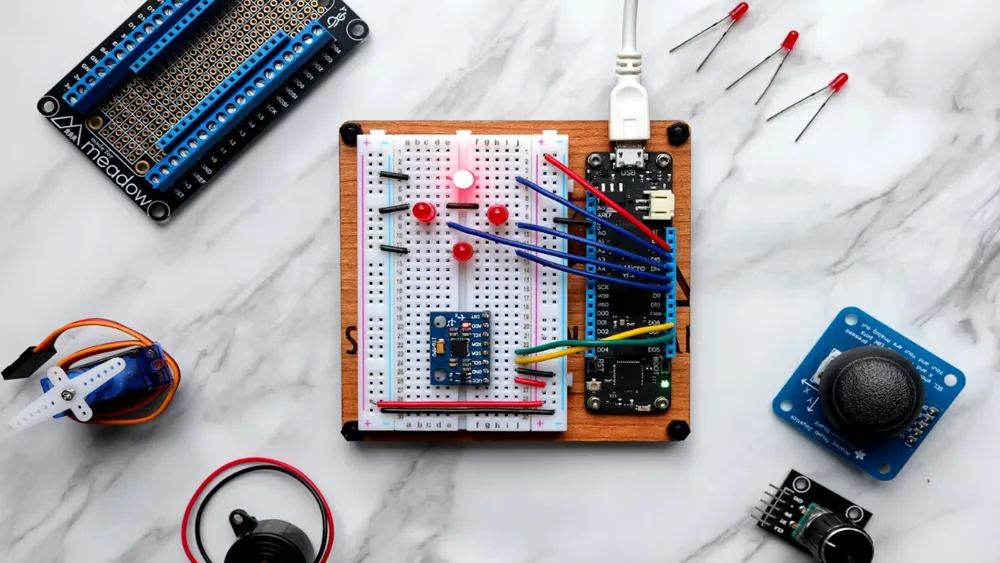 How to get CSA C22.2 NO.256:14 Test Report?
How to get CSA C22.2 NO.256:14 Test Report?
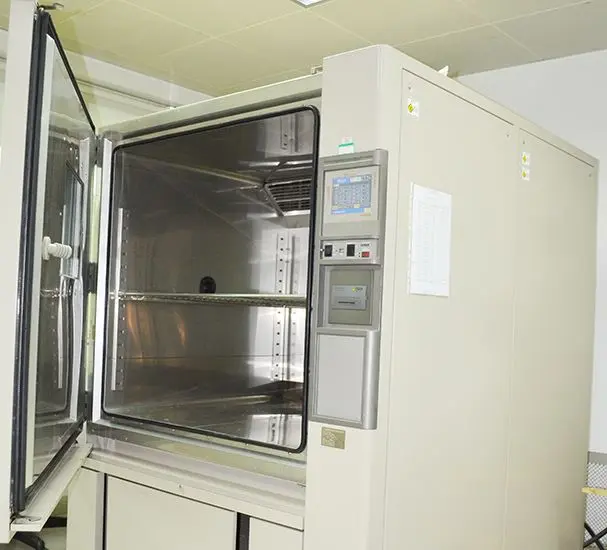 How much is the ISTA Amazon Packaging & Shippi
How much is the ISTA Amazon Packaging & Shippi
 Amazon Product Laboratory Testing Requirements
Amazon Product Laboratory Testing Requirements
 How to Get EPA Certificatio
How to Get EPA Certificatio
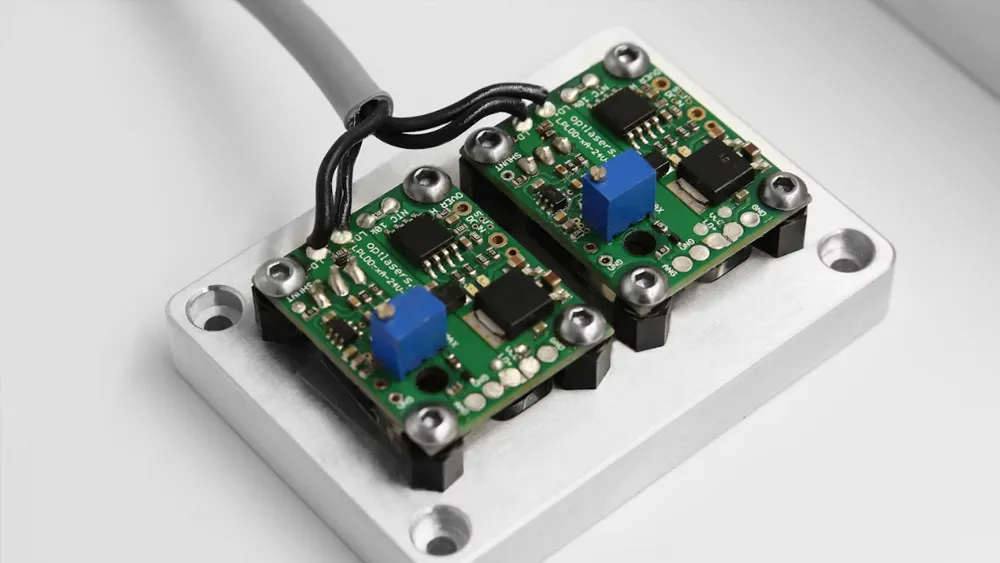 What is EPA Certification in the United States?
What is EPA Certification in the United States?
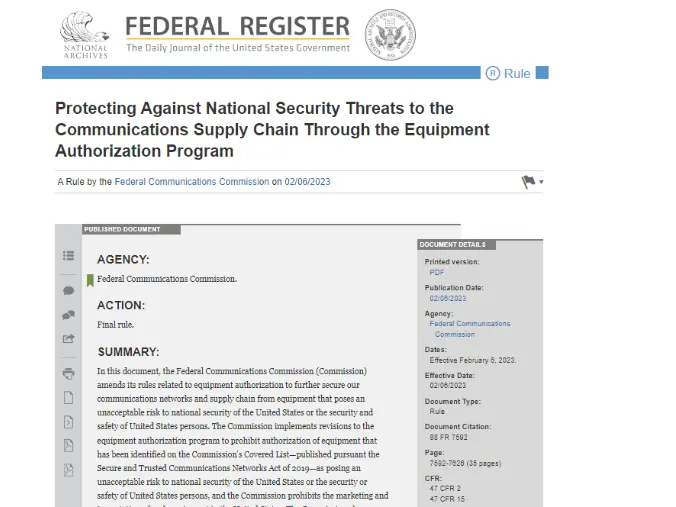 What is an FCC Registered Agent?
What is an FCC Registered Agent?
Leave us a message
24-hour online customer service at any time to respond, so that you worry!




